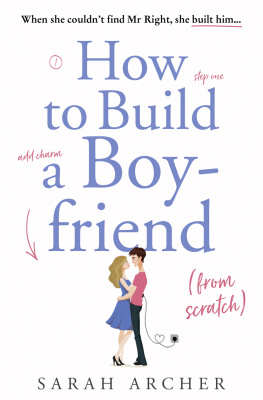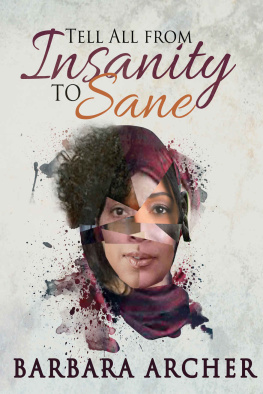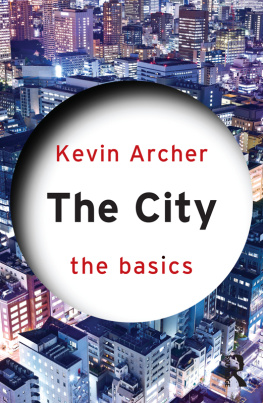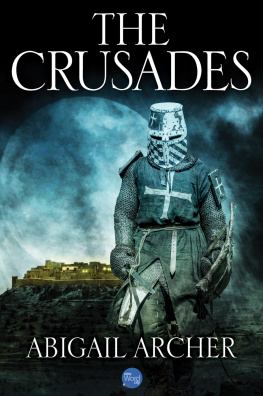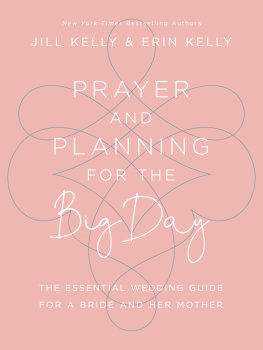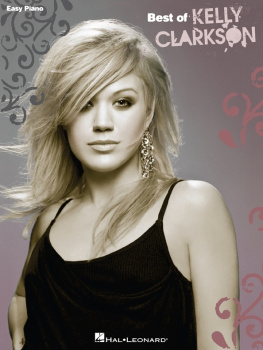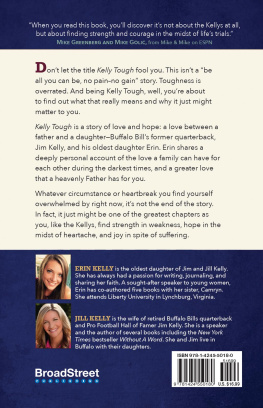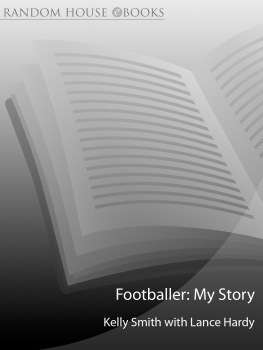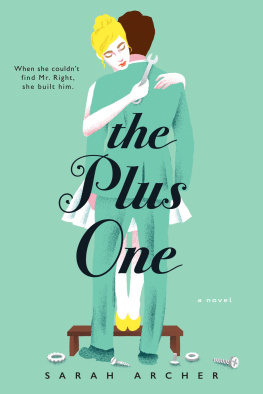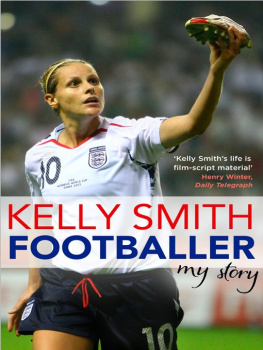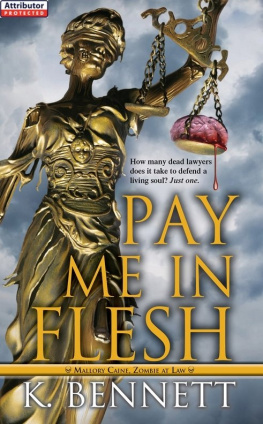Contents
Contents
Guide
HOW TO BUILD A BOYFRIEND FROM SCRATCH
Sarah Archer

To Gunnar, who is perfectly human
I set out to write an offbeat love story and along the way, I received a fascinating education in robotics, product design, and AI. Thank you to Professor David Heaton of the University of Chichester, Dr. Luis Ponce Cuspinera of the University of Sussex, and Dr. Suzanne Gildert of Sanctuary AI for so generously sharing their time and insights with me.
The whole publication process started when Abbie Greaves of Curtis Brown plucked my manuscript from the slush pile. Then Sheila Crowley jumped in with all her warmth and wisdom, and together the two have been the best agents a writer could ask for. Their brilliant reshaping of Kellys story continued in the hands of Tara Singh Carlson of Putnam, whose precision, thoughtfulness, and dedication beautifully transformed the book and gave me a new love for my own characters. A big thanks also to Helen Richard of Putnam for all her work to help make this book a reality.
Along the way, several others have contributed their time and expertise to help me improve the book, most notably Zac Allard, Kelsey Lahr, Jules Hucke, and Chelsea Hawk. Thank you for the notes and the writerly commiseration.
Last but not least, thank you to my family: to Gunnar, for being my champion through the high points and the low; to Lewis, whose presence on my lap while I work is always the greatest part of my job; and to Mom, Tom, Dad, Lana, Elyse, Jason, Sheyenne, and Zivon, for your support and never questioning my (probably questionable) decision to be a writer.
Sarah Archers writing has been produced for Comedy Central and published in numerous literary magazines. She has worked in literary management and film and television development on projects including House, Concussion, Roots, and Girls Trip. How to Build a Boyfriend from Scratch is her debut novel.
Published by HarperCollinsPublishers Ltd
1 London Bridge Street
London SE1 9GF
www.harpercollins.co.uk
First published in the United States as The Plus One by G.P. Putnams Sons, a division of Penguin Random House LLC, New York 2019
This edition published by HarperCollinsPublishers 2019
Copyright Sarah Archer 2019
Cover design by Ellie Game HarperCollinsPublishers Ltd 2019
Cover images Shutterstock.com
Sarah Archer asserts the moral right to be identified as the author of this work.
A catalogue copy of this book is available from the British Library.
This novel is entirely a work of fiction. The names, characters and incidents portrayed in it are the work of the authors imagination. Any resemblance to actual persons, living or dead, events or localities is entirely coincidental.
All rights reserved under International and Pan-American Copyright Conventions. By payment of the required fees, you have been granted the non-exclusive, non-transferable right to access and read the text of this e-book on screen. No part of this text may be reproduced, transmitted, down-loaded, decompiled, reverse engineered, or stored in or introduced into any information storage and retrieval system, in any form or by any means, whether electronic or mechanical, now known or hereinafter invented, without the express written permission of HarperCollins.
Source ISBN: 9780008354299
Ebook Edition July 2019 ISBN: 9780008335168
Version: 2019-06-17
SARAH ARCHER
A Conversation with Sarah Archer

Discussion Guide



1. This novel is so fun! How did you come up with the idea?
I was living in Los Angeles at the time, so the idea came to me when most ideas did: while I was sitting in traffic. It was an inspiration that immediately grabbed me, so that I thanked the red lights for giving me snatches of time to scribble down notes. At first I thought of it as a reversal of the John Hughes movie Weird Science. But I knew right away that I wanted this story to be more relationship-driven, less of an out-and-out comedy. So as I started to think about what kind of character might gain something meaningful from a relationship with a robot, Kelly came to the surface.
2. Kellys voice is very relatable. Do you identify with her character? Is she based on anyone you know?
Kelly isnt based on anyone real, but I can relate to her introversion and passion for her workthough I dont think I would ever cut it as a robotics engineer! Personally, Ive always been inclined to the humanities and gray-area, artistic thinking, so one of the fun challenges of writing this book was getting inside the head of someone who approaches life and relationships in a concrete, logical way. Thinking in terms of things like the scientific method or the order of operations as applied to solving equations helped me develop her voice.
Some facets of Kellys voice and humor do overlap with my own, but really, I think shes an amalgam of so many people of her generation. Something about living in the internet age has pushed many of us to be equal shades of neurotic, overly analytical, and sarcastic, but ultimately durable.
3. As a robotics engineer, Kelly is a successful woman working in the sciences. Why did you decide to set the story within this world?
Artificial intelligence is a topic that fascinates me, so while I wasnt actively looking for an idea set in the world of the sciences, when one came to me, I jumped on it. I loved exploring what a robotics company in Silicon Valley might look like and what sorts of projects the people there might be working on.
Im a firm believer in giving characters as much conflict as possible, so by creating a female protagonist working in a competitive, male-dominated industry, I could believe that Kellys career would be that much more hard-won and she would be even more afraid of doing something to jeopardize it. Anita, Kellys boss, is slightly older than she is, so her trajectory would probably have been even harder. I like to think that the difference of even a decade or so allows Kelly and Priya to feel more at home in the tech industry than Anita might have felt when she started.
4. What kind of research did you do for the novel?
I was fortunate to speak to several experts in the robotics and product design fields about their education, the work they do, the challenges they face, and how they think about their contributions to the world. These conversations were so illuminating. Im an English major to my core, so Im still a long way from truly understanding Kellys work, but these interviews gave me a window into her world. Then, as with everything in my life, I turned to Google to fill in the gaps, consulting journal articles, interviews, and blogs to answer questions that arose along the way, including those about life in Silicon Valley. The latest developments in AI and robotics are intriguing, intimidating, and excitingit was tough to avoid getting lost in research rabbit holes on the internet.

